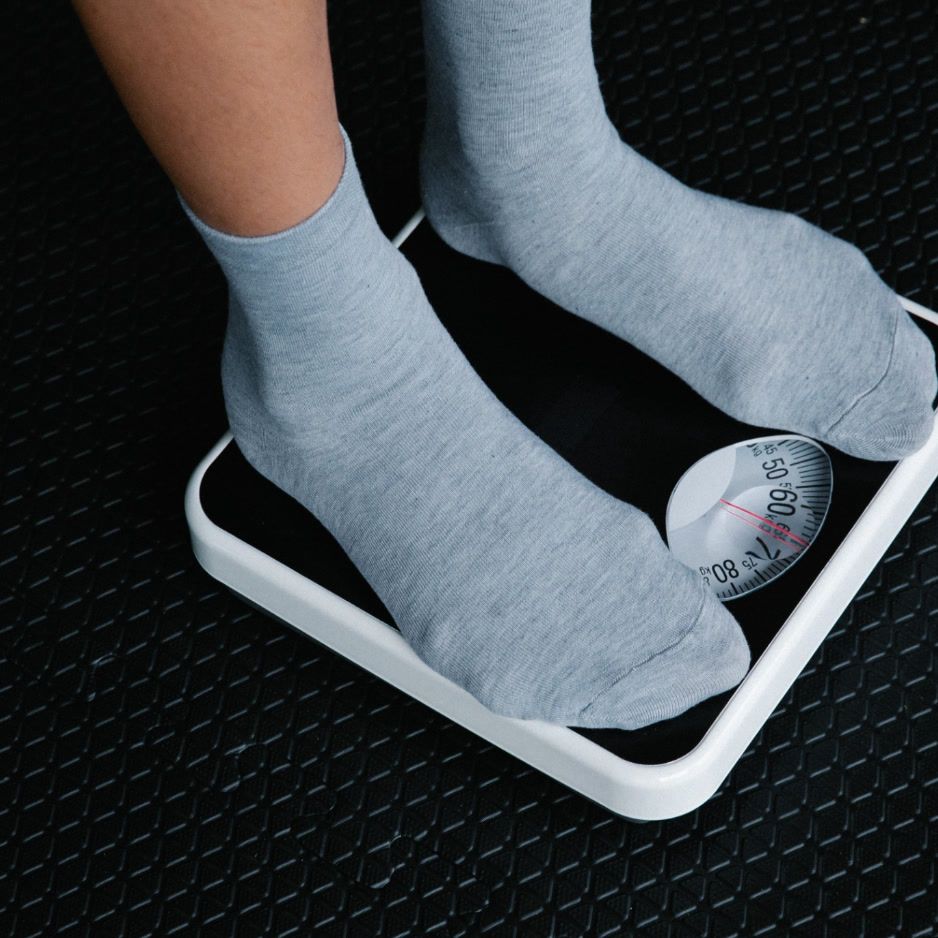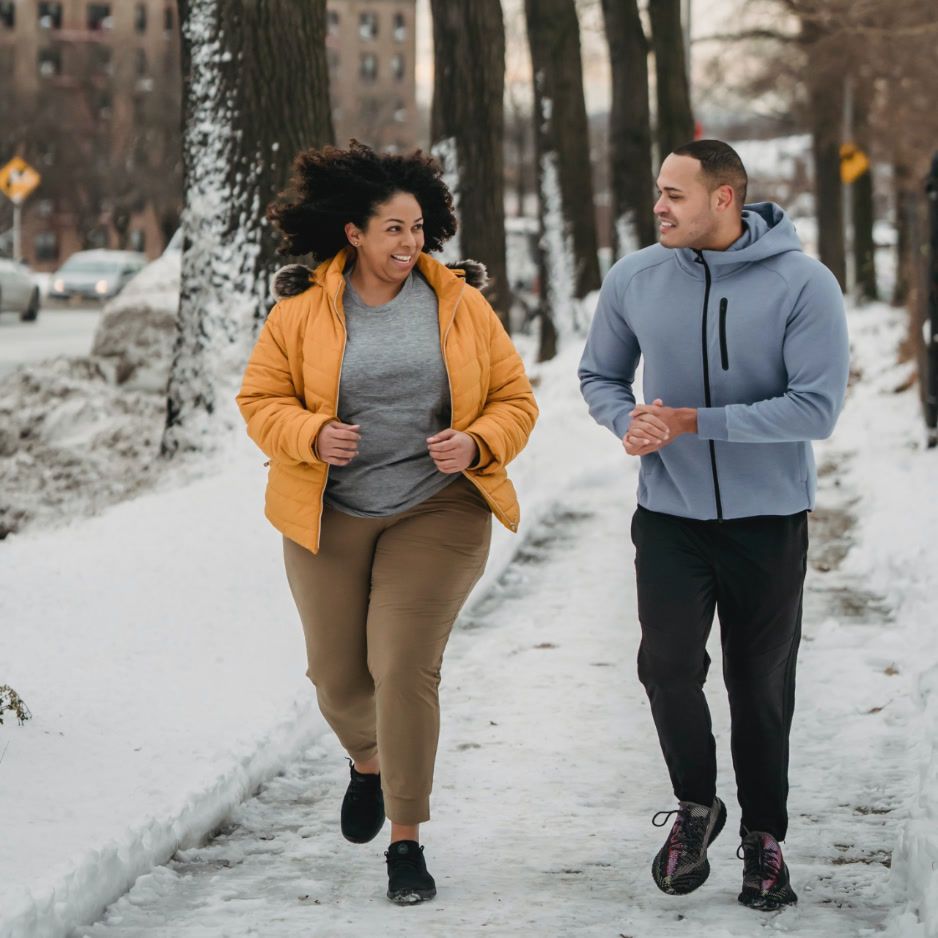9 StairMaster Benefits, Workouts, and Form Tips
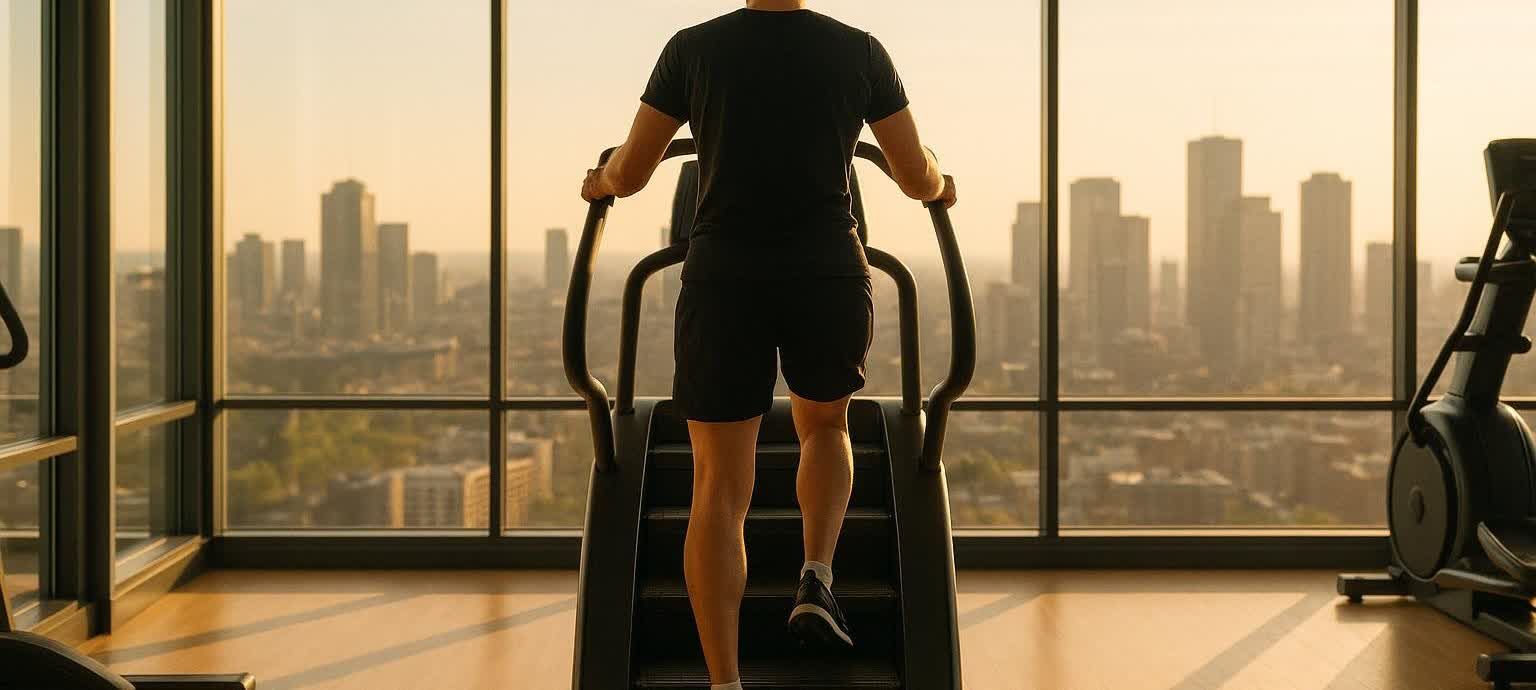
9 StairMaster Benefits: Workouts, Form Tips & More
If you’ve ever felt winded after a flight of stairs, you already know why the StairMaster is humbling—and effective. The moving steps deliver joint‑friendly, high‑intensity work that strengthens your lower body. They also challenge your heart and lungs and can help with weight management—all in a time‑efficient package.
Quick answer (what you came for): The biggest StairMaster benefits are strong calorie burn, fast cardio gains, leg and glute strength, joint‑friendly impact, and bone‑health support. Below you’ll find simple form tips and five ready‑to‑use workouts.
In this guide, you’ll get:
- The top StairMaster benefits (in plain English)
- Easy form cues and common mistakes to avoid
- 5 plug‑and‑play workouts for beginners to advanced
- A quick comparison vs. the treadmill
- How to track real progress beyond the scale
Track progress the smart way: To see real changes beyond the scale, get a 15‑minute BodySpec DEXA scan to measure fat, muscle, visceral fat, and bone density—then re‑scan every 8–12 weeks to confirm progress. Book your DEXA scan.
9 StairMaster benefits (with science to back them)
-
Significant calorie burn in little time
Climbing against gravity costs more energy than moving on level ground. Estimates suggest a 150‑lb person can burn around 446 calories per hour of steady stair climbing, with higher body weight and intensity increasing that number further (Cleveland Clinic). The Adult Compendium of Physical Activities lists stair treadmill exercise at 9.0 METs—a vigorous intensity for most adults (Compendium, 2024). -
Efficient cardiovascular conditioning
Stair work elevates heart rate quickly and trains your heart and lungs—helping you hit weekly aerobic targets. The American Heart Association recommends 150 minutes/week of moderate or 75 minutes/week of vigorous aerobic activity (or a mix) (AHA guidelines). StairMaster sessions can count toward either bucket depending on your effort.

- VO₂ max improvements (a bigger “engine”)
Research shows regular stair‑climbing programs improve cardiorespiratory fitness and cardio‑metabolic markers, often within 4–8 weeks of consistent training (2023 scoping review on stair‑climbing and cardiometabolic health). For structured VO₂ training ideas, see our VO₂ Max guide.

- Lower‑body strength and muscle engagement
Each step is a mini single‑leg squat. The StairMaster targets your glutes, quads, hamstrings, and calves—and engages your core for stability (Cleveland Clinic; Healthline). Consistent training builds muscular endurance and can support visible leg definition when paired with overall fat loss.
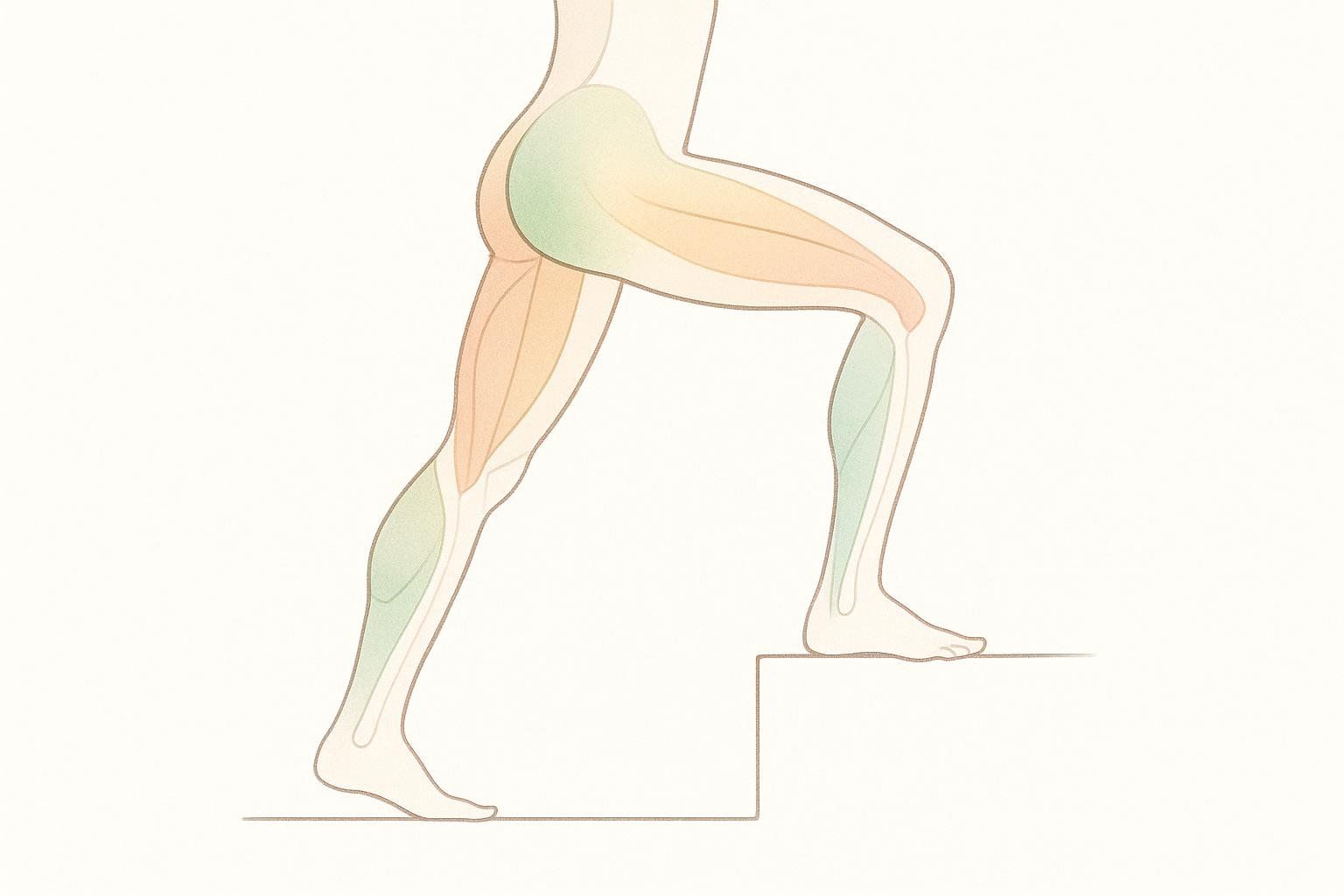
- Joint‑friendly, low‑impact training
Compared with running, stair machines are generally lower impact on ankles, knees, and hips—while still delivering a serious cardio challenge (Cleveland Clinic). That makes them a smart option when you want intensity without pounding.
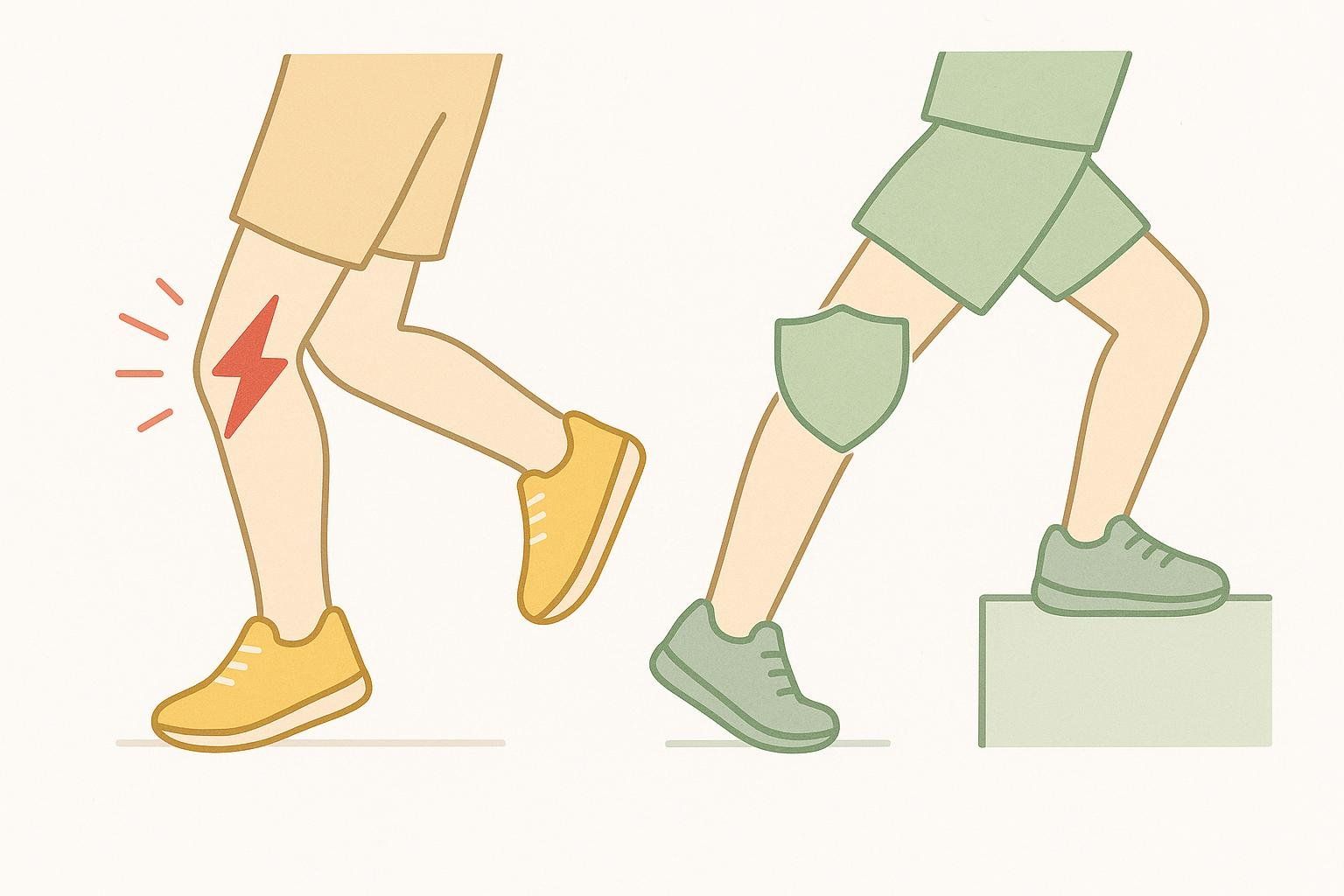
- Bone‑density support
Weight‑bearing exercises—including stair climbing and stair‑step machines—help build and maintain bone density over time (Bone Health & Osteoporosis Foundation). If bone health is a priority, combine climbing with progressive resistance training.

-
Better balance and stability
Because you’re standing and stepping on a moving surface, your core and hip stabilizers work to keep you upright—especially when you don’t hang on the rails (Cleveland Clinic). -
Mental health benefits
Like other physical activity, stair workouts can lift mood and reduce anxiety and depressive symptoms, acutely and over time (CDC – Benefits of Physical Activity). -
Knee‑friendly option for many (with smart progression)
For some people, strengthening around the knee through controlled, low‑impact stepping can reduce stress and discomfort—though you should progress gradually and personalize intensity (Healthline). If pain persists, consult a clinician.
How to use the StairMaster: technique tips and common mistakes
Form cues
- Stand tall with ribs stacked over hips; look forward.
- Lightly touch (don’t lean on) the rails. If you can’t keep posture without hanging on, slow down.
- Place your whole foot on each step; drive through the mid‑foot/heel to engage glutes.
- Keep steps small to moderate; avoid exaggerated knee lift that arches your back.
- Breathe rhythmically and avoid holding your breath.
Common mistakes to avoid
- Slouching and leaning heavily on rails (reduces work and strains shoulders).
- “Speed chasing” with choppy, unsafe foot strikes. Choose a pace you can control.
- Skipping warm‑ups or sudden big jumps in level. Progress volume or intensity gradually.
- Ignoring discomfort in knees/hips—dial back pace/step height and monitor.
Safety starter plan
Begin with 10–15 minutes at an easy effort, adding 2–5 minutes weekly. Most adults benefit from building toward 20–30 minutes per session and accumulating 150–300 minutes/week of moderate activity or 75–150 minutes/week of vigorous work across all cardio, per public‑health guidance (AHA).
Pro tip: Train by feel using RPE (rate of perceived exertion) so each session hits the right zone—our RPE guide shows how.
5 sample StairMaster workouts (beginner to advanced)
Use the talk test or RPE from our RPE guide. Always warm up 3–5 minutes easy and cool down 3–5 minutes easy.

- Beginner steady climb (20 minutes; joint‑friendly)
- 5 min easy
- 12 min continuous at a pace where you can talk in phrases (RPE 5–6)
- 3 min easy
Progression: Each week, add 1–2 minutes to the continuous climbing portion.
- Intro intervals (20–25 minutes)
- 5 min easy
- 8–10 × [30 sec hard (RPE 7) + 60 sec easy]
- 3–5 min easy
Why it works: Short surges raise intensity without overtaxing joints.
- The viral 25‑7‑2 (and how to scale it)
This viral workout challenge emphasizes consistency: perform 25 minutes at level 7, twice per week. To adapt it, start with 10–15 minutes at a lower level, then build duration and level over weeks (Cleveland Clinic).
- Runner’s hill power session (25–30 minutes)
- 5 min easy
- 6–8 × [1:00 hard (RPE 7–8) + 90 sec easy]
- 5 min easy
- VO₂ builder (30 minutes; advanced)
- 6 min easy
- 5 × [2:00 hard (RPE 8–9) + 2:00 easy]
- 4 min easy
This high‑intensity interval structure is a proven method for boosting aerobic capacity.
Need lower‑impact alternatives (or a break from stairs)? Try our Low‑Impact Cardio guide or rotate in bike days with these stationary bike workouts.
StairMaster vs. treadmill: which should you choose?

Both are great cardio tools—the better choice is the one you’ll do consistently.
- Impact: StairMaster is typically lower impact than treadmill running, which many knees prefer (Cleveland Clinic).
- Muscle focus: Stairs emphasize glutes/quads with constant vertical force; treadmills can be full‑body and varied via incline/intervals.
- Perceived effort: Stairs often feel tougher at similar durations because every step moves you upward; the Compendium lists stair‑treadmill exercise as vigorous (9.0 METs) (Compendium, 2024).
- Variety: If you like speedwork and long steady efforts, you may prefer treadmill days. Explore ideas in our 10 Treadmill Workouts.
Mixing both across the week can curb boredom and overuse while covering multiple fitness qualities.
FAQs
Is the StairMaster good for knees?
Often, yes—its low‑impact nature can be friendlier than running, and strengthening around the joint may improve comfort. Start easy, keep steps controlled, and avoid hanging on rails. If pain persists, consult a clinician.
How many calories does a StairMaster burn?
It depends on your size and pace. A 150‑lb person might burn around 446 kcal/hour; heavier bodies and harder efforts burn more (Cleveland Clinic).
Will the StairMaster build my glutes?
It trains glutes, quads, hamstrings, and calves each step. For maximal muscle growth, pair StairMaster with progressive strength work (e.g., squats, hip thrusts) and adequate protein.
How often should I do StairMaster workouts?
2–4 sessions/week works well for most—adjust based on recovery and your other training. Aim to meet weekly aerobic targets of 150–300 minutes moderate or 75–150 minutes vigorous activity across all modalities (AHA).
Is 25‑7‑2 good for weight loss?
It’s a consistent, time‑boxed routine many people enjoy—which supports adherence. Weight loss still depends on overall activity, nutrition, sleep, and stress. To keep your progress honest, track changes in fat vs. muscle with a BodySpec DEXA scan—results in ~15 minutes. Book your scan.
Make every climb count
Climbing is a rare combo: joint‑friendly, time‑efficient, and genuinely hard. Start with form, progress gradually, and use intervals to keep things engaging. To see beyond the scale as you train, pair your program with regular DEXA check‑ins—results show fat, muscle, visceral fat, and bone density so your plan stays on track. Book your BodySpec DEXA scan and keep your training data‑driven. Also check out our RPE guide to dial in intensity by feel.
